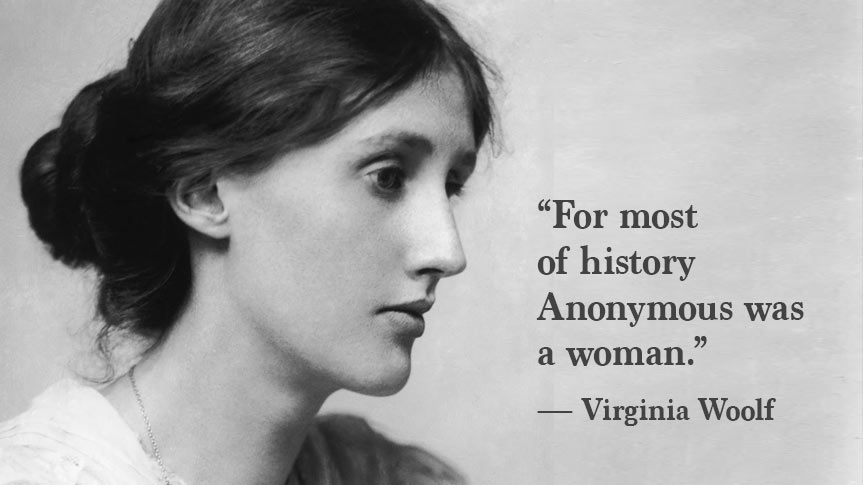
Life Introduction of Woolf
Virginia Woolf was an English author, essayist, publisher and critics. She was regarded as one of the leading Modernists and feminist of the twentieth century. Virginia was famous for her modernist classic. Her best works include To the Lighthouse, Mrs. Dalloway, Orlando and A Room of One’s Own.
Career and Passion
Virginia Woolf’s real name was Adeline Virginia Stephen. She was born on January 25 in London, England to Leslie Stephen and Julia Prinsep Jackson. Her father was an editor and critic, and her mother was a photographer. Virginia was the third of four children.
Her writing was shaped by the Victorian Society, in which she grew up. She was home-schooled for most of her life and her own library. She learned classic and English literature at home. In 1895, she spends most of her summer days in St. Lves in Cornwall and made lots of fond memories.
A place like St. Ives inspired one of her masterpieces, To the Lighthouse. Virginia’s mother died when she was only thirteen. She was devastated by her mother’s death. But the continued her studies and went to King’s College, London. She was in the Ladies’ department and German, Greek and Latin.
She started her literary career in the year 1900. Her first work was published anonymously. Eventually, she began writing for The Times Literary Supplement. Her writing career soon started to flourish.
She met many great writers who formed the famous Bloomsbury Group. The group included well-known artist, writers and Philosophers. She because an active member of this literary circle.
First Novel by Woolf
Over the next nine years, Virginia worked her first novel The Voyage Out, eventually published in 1915. The book’s originally title was Melymbrosia. The book was based on her own experiences. She kept on writing and self-published most of her work.
Her husband Leonard founded the Hogarth Press to help Virginia to publish her books. They published two short stories, The Mark on the Wall and Leonard’s Three Jews. The books were entirely hand-printed and hand-bound, and sold hundreds of copies.
In 1919, Virginia published a novel titled Night and Day. Her third novel was called Jacob’s Room, published in 1922. Woolf’s fourth and perhaps one the most known novel was called Mrs. Dalloway. It was a fumiest text situated in a post-World War I era. It is also a prime example of the ‘streams of consciousness’ from of narrative. This book was later adapted into a film.
She same year, she began another work called Common Reader. It was a collection of essays about English literature. And the next piece of writing was her world- renowned work of genius, To the Lighthouse.
Life Changing Journey
Her 1928 novel, To the Lighthouse exploded the same of philosophical introspection; the plot was a secondary tool. The book contained less dialogue and more observation. It also discussed the nature of art and perception.
Following the success of this book, Woolf published her next novel Orlando in 1928. The book follows English nobleman who peculiarly turn into a woman at the age of thirty, and lives on for three centuries. Woolf received a lot of critical praise and popularly for this work.
Became An Lectures
In 1929, she went to women’s colleges to deliver lectures to the lectures to the students. Her essays A Room of One’s and Three Guineas were published next, exploring feminist themes and the concepts f fascism and war. These essays discussed the hardship of women writers.
Another major work by Woolf was The Waves (1931). It consisted of six characters, through which Woolf explored concepts of individuality and community. She published a novel called Flush: A Biography in 1933. The book was about a character who viewed city life through the eyes of a dog. Woolf published The Tears, her final novel in 1937.
Love Life & Death
Virginia married writer Leonard Woolf in 1912. They led a happy married life which lasted until her death. They founded the Hogarth Press together, which played a small part in her success as writer.
On 28th March, 1941, Woolf committed suicide at the age of 59. Her novel Between the Acts was posthumously published as a tribute.
